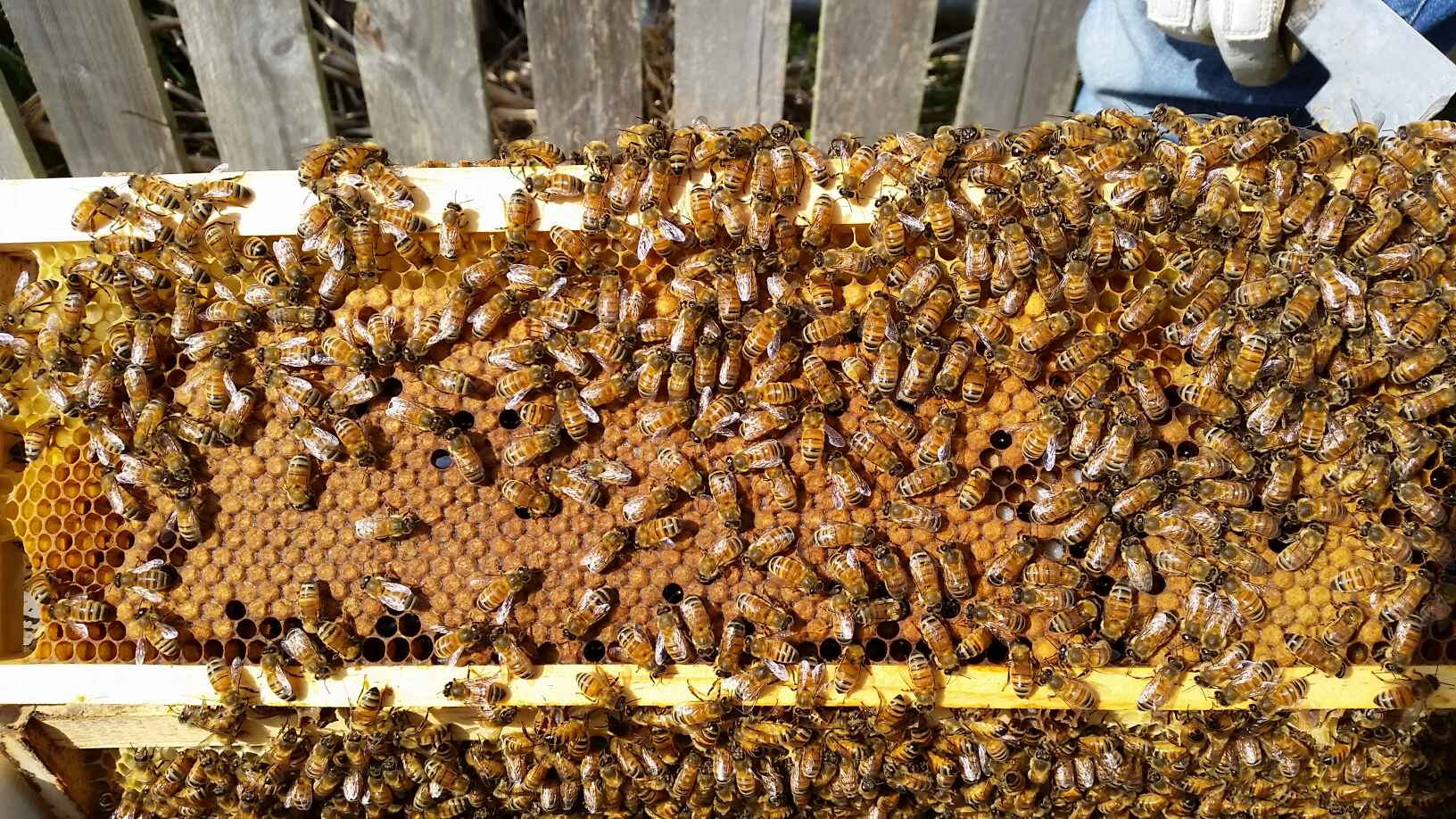The Tricky Top Bar Hive
/The old TBH with a temporary cover to protect the bees
Recently I assisted some new beekeepers in checking their Top Bar Hive (TBH). I was concerned the moment I saw it and my concerns deepened as we checked out the bees. Like many new beekeepers they had done some research and clearly wanted bees to be on natural comb. A TBH is an attractive option and has been a favoured hive for those wanting bees to live as naturally as possible. In the earlier days of permaculture living and organic gardening the TBH was sometimes the only option available.
The difficulty with this hive is its use in different climates. It is a warm/ hot climate hive where bees prefer horizontal comb building to allow for increased ventilation and cooling of their nest. In cool/ cold climates bees prefer a vertical hive so when they cluster in a hive, they may move up through their honey/energy source to keep warm. When bees cluster, they will not move sideways and I have seen many colonies die of starvation even with honey in the outer parts of the hive.
Part of the Chalkbrood infestation
Some people compensate for these issues by building thick-walled hives however the limited capacity of bees to move sideways during cold periods remains. Today we have Warre Hives and Layens Hives that work very well in cold climates so are worth considering if you are keen on natural hives with low intervention.
So, the TBH with the bees that needed checking? Well, this hive was very badly built with irregular frames, an entrance at the end of the hive rather than at the side, and a lid that would not seal. In fact, the bees were coming and going from the lid. The bottom of the hive was full of chalkbrood fungal disease, wax moth had larvae consuming old frames and a nest of ants had moved in.
These beautiful bees would not survive winter. After some discussion, the custodians settled on a layens hive and I prepared an urgent build for them which they quickly painted. The next step will be making the transfer of the bees which I will discuss in the next blog.
Happy Being



